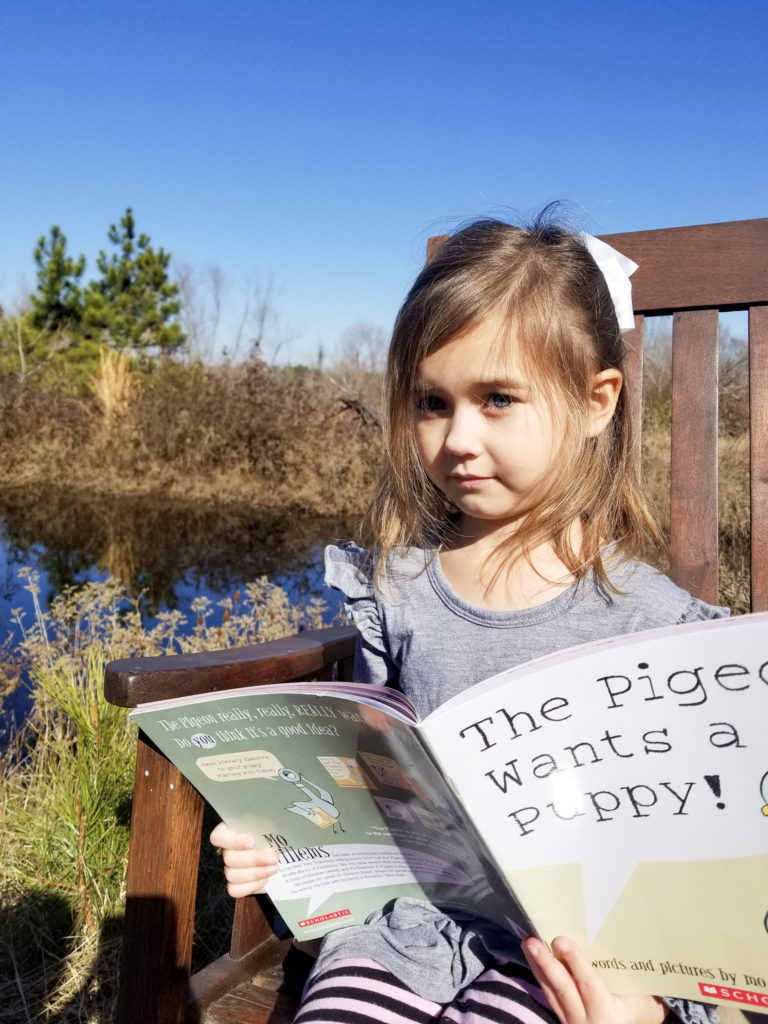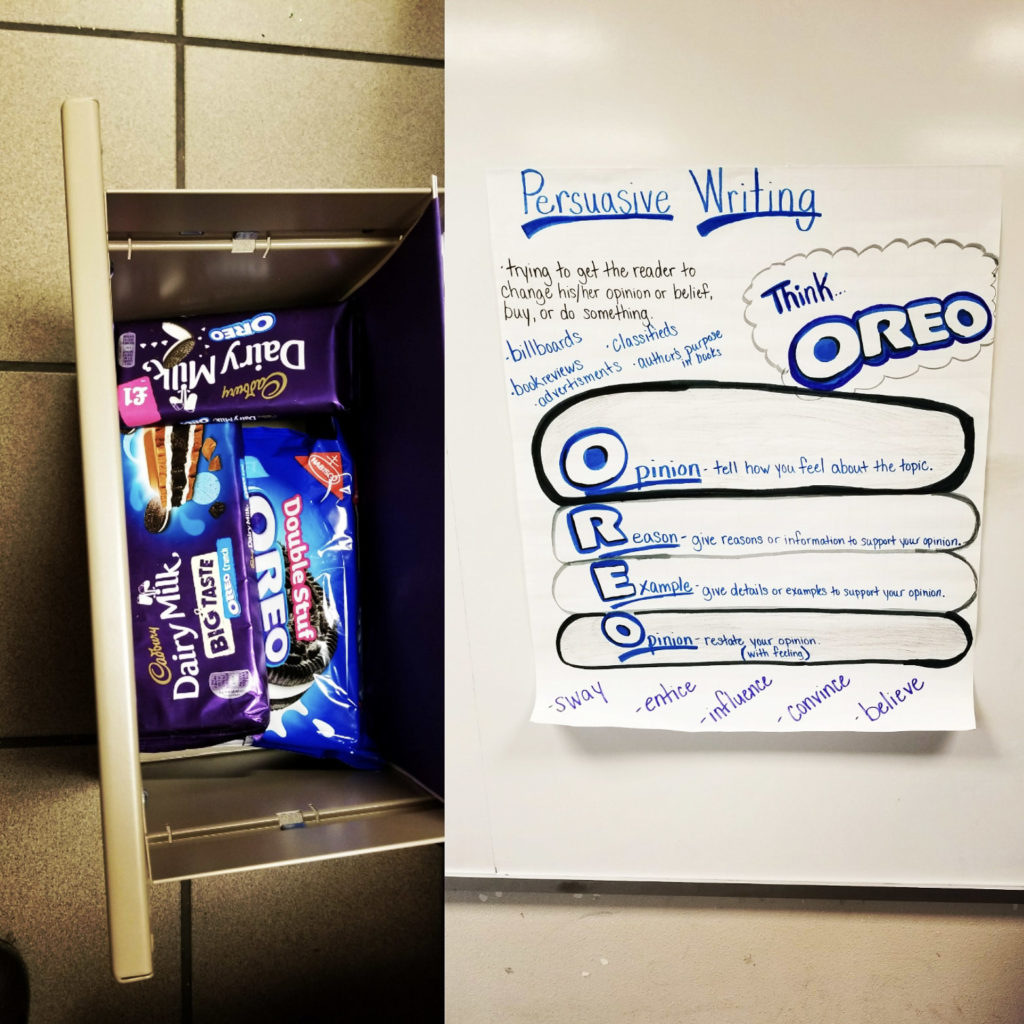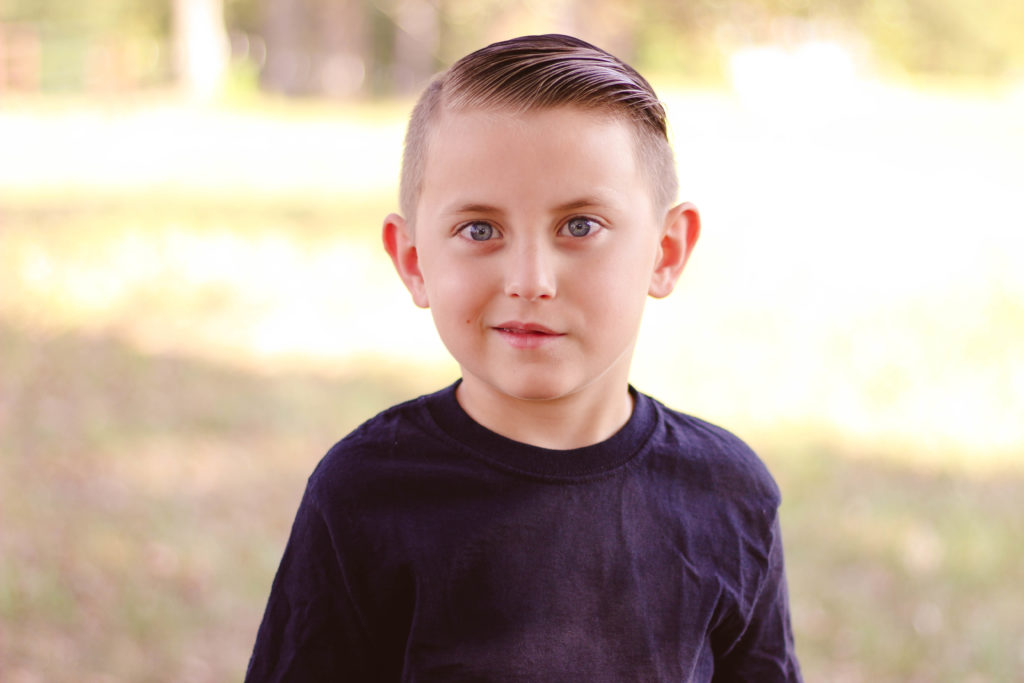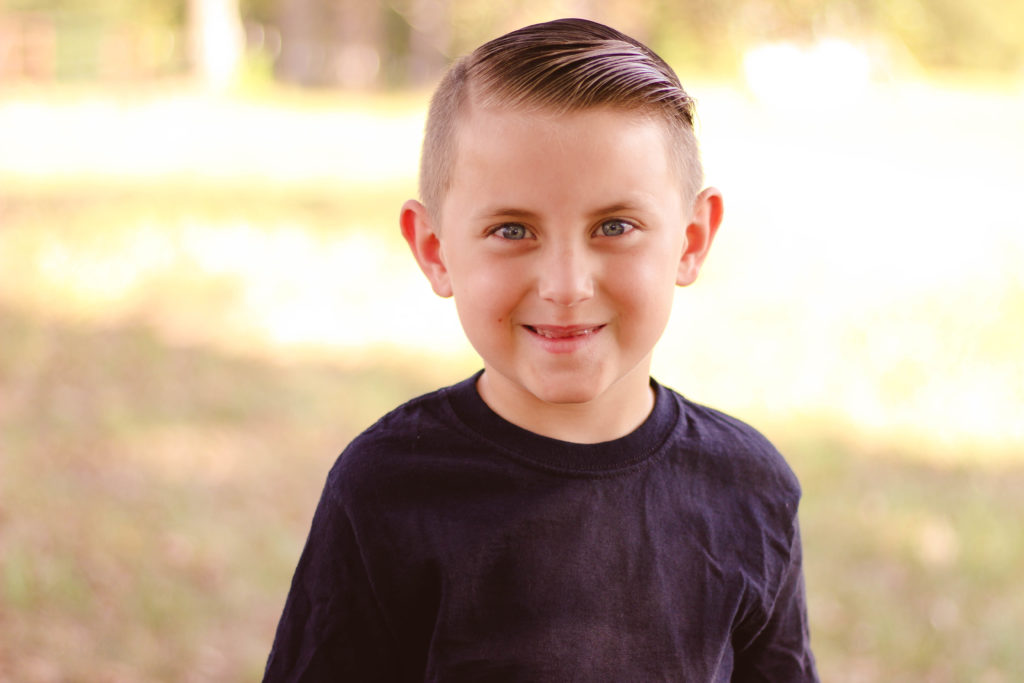Looking for ideas to do with your children over Holiday break? Read a book together. Read alouds can lead to so many wonderful discussions with your children. Here are my top 15 favorite Christmas books.
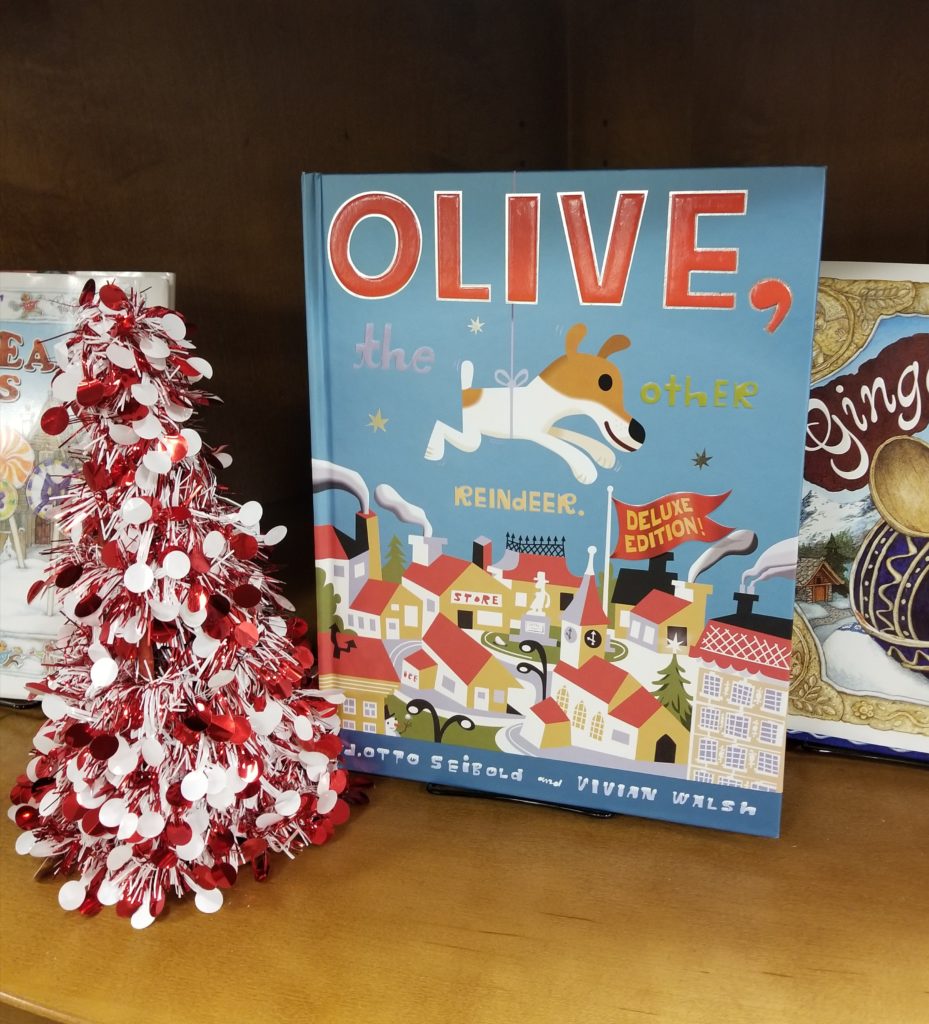
-Silver Packages: An Appalachian Christmas Story by Cynthia Rylant -¨Every year at Christmas a rich man rides a train through Appalachia and throws gifts to the poor children who are waiting, in order to repay a debt he owes the people who live there.¨
–How the Grinch Stole Christmas by Dr Seuss -“Every Who down in Who-ville liked Christmas a lot . . . but the Grinch, who lived just north of Who-ville, did NOT!” Not since “’Twas the night before Christmas” has the beginning of a Christmas tale been so instantly recognizable. This heartwarming story about the effects of the Christmas spirit will grow even the coldest and smallest of hearts. Like mistletoe, candy canes, and caroling, the Grinch is a mainstay of the holidays, and his story is the perfect gift for young and old.¨
-Yes, Virginia. There is a Santa Claus by Chris Plehal – ¨In 1897, eight-year-old Virginia O’Hanlon wrote the New York Sun to ask a simple question: Is there a Santa Claus? The editor’s response was a stirring defense of hope, generosity, and the spirit of childhood. His essay has been reprinted countless times since, and the phrase “Yes, Virginia, there is a Santa Claus” has become part of American Christmas lore.
Based on these actual events, Yes, Virginia is the story of a little girl who taught a city to believe.¨
-Christmas Tapestry by Patricia Polacco -¨When a leak ruins the sacristy wall in his father’s church, Jonathan Jefferson Weeks thinks Christmas Eve service will be ruined. Luckily he and his father find a beautiful tapestry, perfect for covering the damaged wall and giving the church a festive look! But then, an old Jewish woman recognizes the beautiful cloth. Her discovery leads to a real miracle on Christmas Eve.¨
–Welcome Comfort by Patricia Polacco-¨It’s not easy being Welcome Comfort-a foster child always moving from home to home and getting picked on by the kids at school. Even Christmas, the most wondrous time of the year, isn’t so wondrous for Welcome, since he has no family, no presents, and no Santa Claus. But when Welcome meets Mr. Hamp, the school custodian, he finally finds a friend. And when Christmas comes around, Welcome is taken on an extraordinary adventure that changes his life forever.¨
–How Santa Got His Job by Stephen Krensky- ¨Have you ever wondered what Santa did before he was Santa?
When Santa was young and needed a job, no one was looking for a man in a red suit to deliver gifts on Christmas. So Santa tried just about everything — from a chimney sweep to a postman to a circus performer. But none of these worked out. It wasn’t until he met a group of elves who helped him use all his special talents, that Santa was able to find his dream job.¨
–How Santa Lost His Job by Stephen Krensky- ¨Santa has the best job he can think of — brining presents each Christmas to children all around the world. Every year he prepares for his trip: He trims his beard, takes a bath, gets dressed, and packs up his sleigh fort he long night ahead. But there are always a few unexpected delays that make things a little hectic. Muckle, one of the elves who helps Santa, thinks he can come up with a more efficient way of delivering the toys — a method that won’t involve Santa at all.¨
–Cobweb Christmas The Tradition of Tinsel by Shirley Climo- ¨All her life, Tante had heard tales about marvelous happenings on Christmas Eve. Animals might speak aloud. Bees might hum carols, or cocks crow at midnight. Tante wished she could witness a bit of Christmas magic, too.
Everybody loves Christmas at Tante’s. The old lady decorates a wonderful tree and makes certain to have something for all who come to visit, be it the nearby village children or the shy animals of the pine forest. The only creatures Tante overlooks are the spiders she has swept out of her cottage while cleaning. But the curious spiders want to come inside and see Tante’s tree, too. When a midnight visitor lets them into the old lady’s home, they unknowingly spin Tante the very gift she has longed for–a gift that has inspired the draping of tinsel on Christmas trees ever since.
This Old World tale about the warmth and wonder of Christmas will leave children enchanted with the magical possibilities of the season.¨
-An Orange for Frankie by Patricia Polacco-¨The Stowell family is abuzz with holiday excitement, and Frankie, the youngest boy, is the most excited of all. But there’s a cloud over the joyous season: Tomorrow is Christmas Eve, and Pa hasn’t returned yet from his trip to Lansing. He promised to bring back the oranges for the mantelpiece. Every year there are nine of them nestled among the evergreens, one for each of the children. But this year, heavy snows might mean no oranges . . . and, worse, no Pa!¨
–The Year of the Perfect Christmas Tree: An Appalachian Story by Gloria Houston- ¨This unforgettable tale, illustrated by Caldecott Medalist Barbara Cooney, has become a seasonal classic-a touching and joyful story about courage and the power of family.¨
-The Best Christmas Pageant Ever by Barbara Robinson- ¨Laughs abound in this bestselling Christmas classic by Barbara Robinson! The Best Christmas Pageant Ever follows the outrageous shenanigans of the Herdman siblings, or “the worst kids in the history of the world.” The siblings take over the annual Christmas pageant in a hilarious yet heartwarming tale involving the Three Wise Men, a ham, scared shepherds, and six rowdy kids.
Ralph, Imogene, Leroy, Claude, Ollie, and Gladys Herdman are an awful bunch. They set fire to Fred Shoemaker’s toolshed, blackmailed Wanda Pierce to get her charm bracelet, and smacked Alice Wendelken across the head. And that’s just the start! When the Herdmans show up at church for the free snacks and suddenly take over the Christmas pageant, the other kids are shocked. It’s obvious that they’re up to no good. But Christmas magic is all around and the Herdmans, who have never heard the Christmas story before, start to reimagine it in their own way.
This year’s pageant is definitely like no other, but maybe that’s exactly what makes it so special.¨
-The Carpenter’s Gift: A Christmas Tale about the Rockefeller Center Tree by David Rubel- ¨This “new classic” Christmas story brings together two great traditions: the Rockefeller Center Christmas tree and the neighbor-helping-neighbor program of Habitat for Humanity. Opening in Depression-era New York City, The Carpenter’s Gift tells the story of eight-year-old Henry and his father selling Christmas trees. They give a Christmas tree to construction workers building Rockefeller Center and celebrate together. Through the kindness of the construction workers and neighbors, Henry gets his wish for a nice, warm home to replace his family’s drafty shack. He plants a pinecone from that first Rockefeller Center Tree. As an old man, Henry repays the gift by donating the enormous tree that has grown from that pinecone to become a Rockefeller Center Christmas tree. After bringing joy to thousands as the Rockefeller Center tree, its wood will be used to build a home for another family in need.¨
–Olive, the Other Reindeer by Vivian Walsh- ¨Olive is merrily preparing for Christmas when suddenly she realizes “Olive… the other Reindeer… I thought I was a dog. Hmmm, I must be a Reindeer!” So she quickly hops aboard the polar express and heads to the North Pole. And while Santa and the other reindeer are a bit surprised that a dog wants to join the their team, in the end Olive and her unusual reindeer skills are just what Santa and his veteran reindeer team need. Colorful graphic illustrations accompany this zany dog story from the well-known author and artist team, Vivian and J.otto Seibold. Adorable Olive and her hilarious adventures are sure to make anyone’s Christmas merry.¨
–The Legend of the Poinsettia by Tomie dePaola- ¨In Mexico, the poinsettia is called flor de la Nochebuenao flower of the Holy Night. At Christmastime, the flower blooms and flourishes, the quite exquisite red stars lighting up the countryside.
This Mexican legend tells how the poinsettia came to be, through a little girl’s unselfish gift to the Christ Child. Beloved Newbery honor-winning author and Caldecott honor-winning illustrator Tomie dePaola has embraced the legend using his own special feeling for Christmas. His glorious paintings capture not only the brilliant colors of Mexico and its art, but also the excitement of the children preparing for Christmas and the hope of Lucida, who comes to see what makes a gift truly beautiful.¨
–How Murray Saved Christmas by Mike Reiss- ¨When Santa’s knocked out cold by a Jack-in-the-Boxer’s walloping punch, deli owner Murray Kleiner reluctantly agrees to take his place. The suit doesn’t fit, Murray smells a bit like pickles, and there’s no way he can remember the names of all those reindeer. But with the help of a pushy elf and an eager-to-believe young boy, Murray finds out that even though he’s not big enough to fill Santa’s suit, he’s got more than enough heart to get the job done.¨
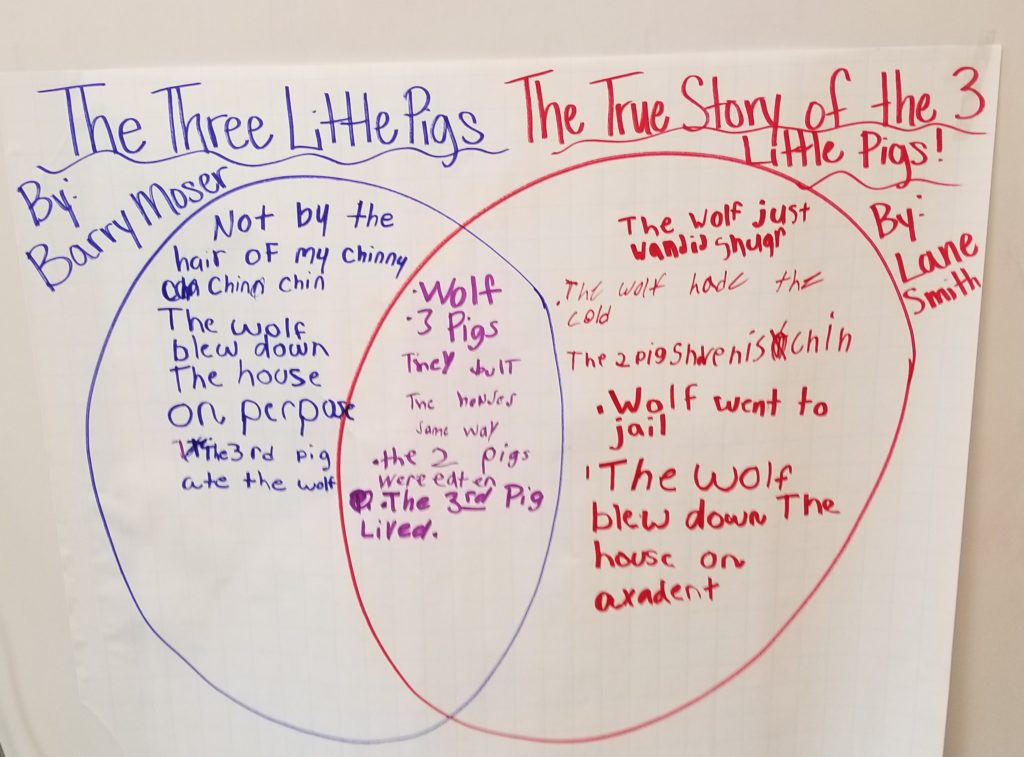
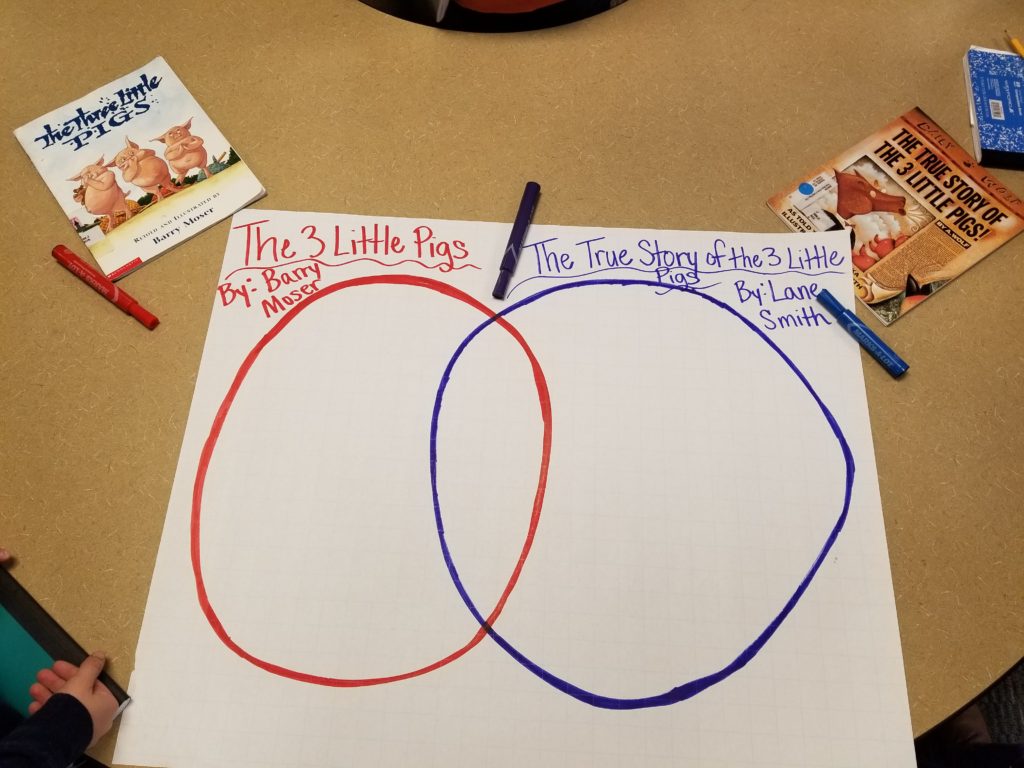




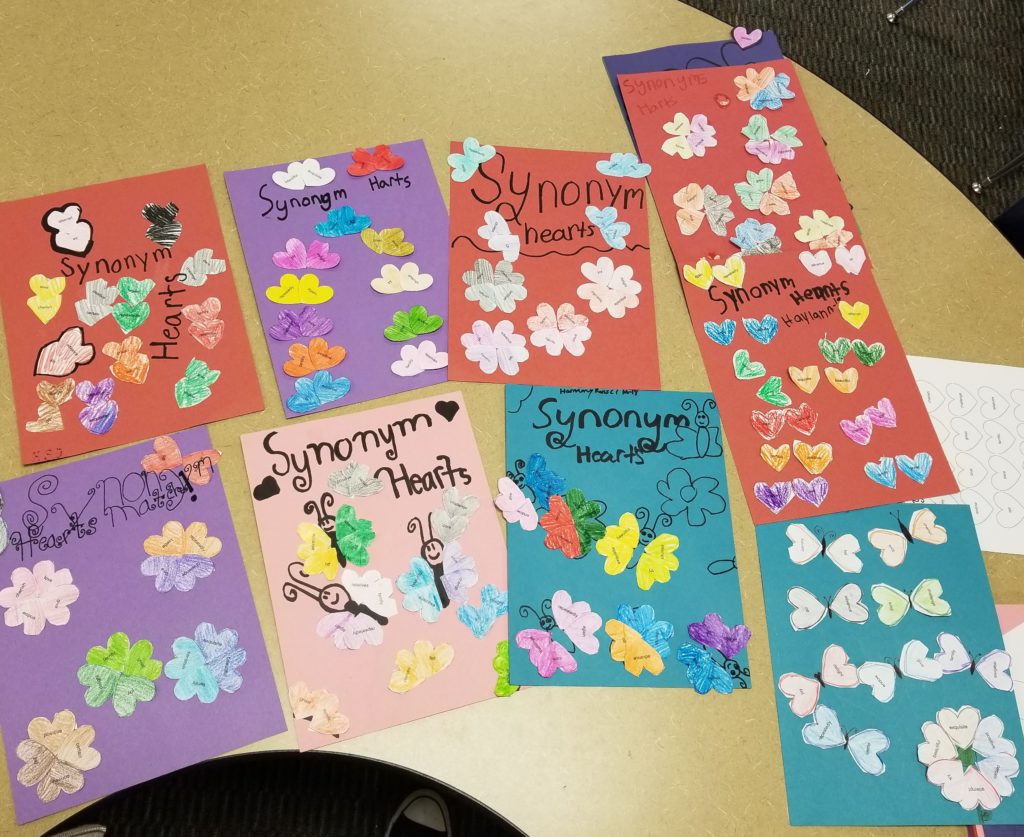
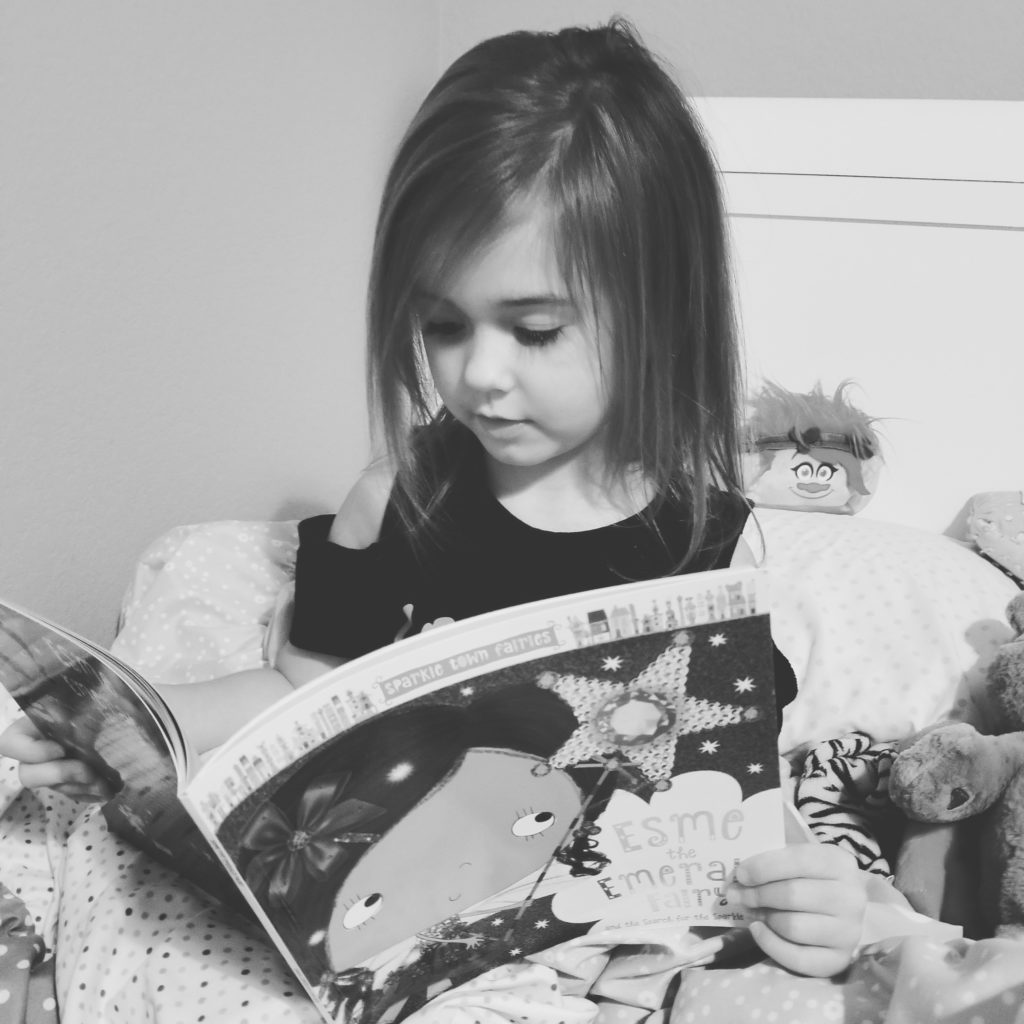







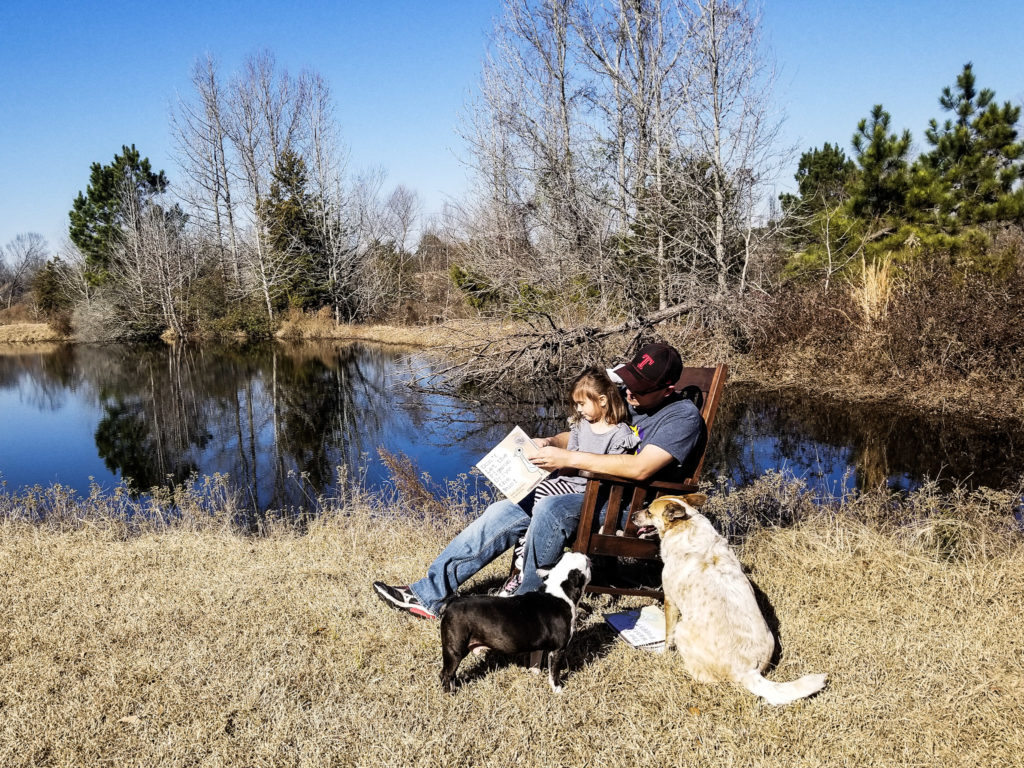 One of my favorite units to teach is persuasive text/writing. There are so many wonderful books that display persuasive writing. One of my all time favorite series is the
One of my favorite units to teach is persuasive text/writing. There are so many wonderful books that display persuasive writing. One of my all time favorite series is the 